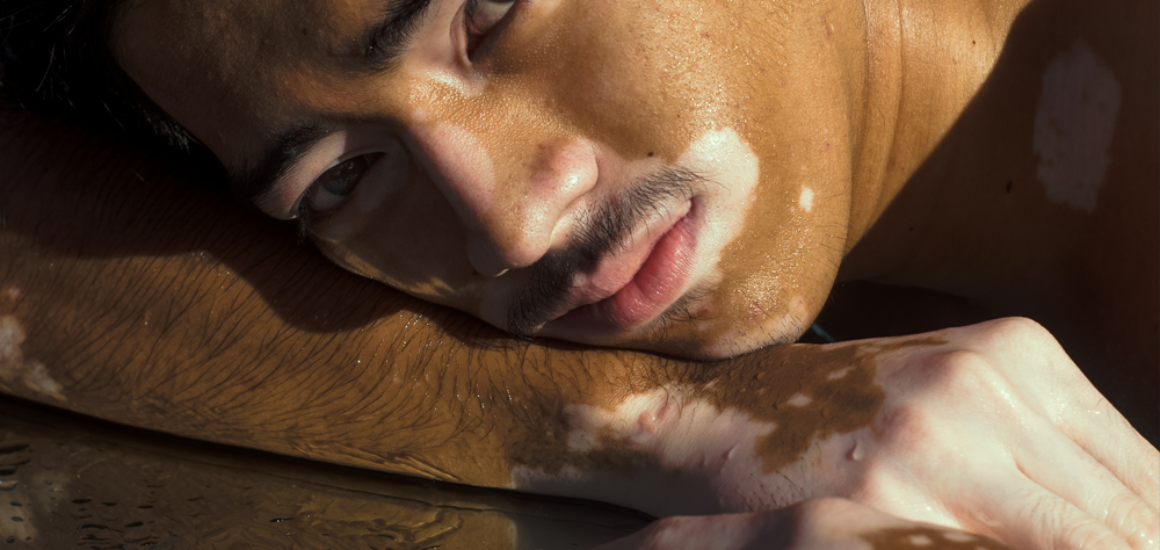Blog
The Facts About Vitiligo
Vitiligo is a condition where a person loses pigment on their skin and scalp. This results in patches of lighter skin all over the body. In the overall worldwide population, there is an estimated 1% of people who have this condition.
Here are the facts about this condition:
- Vitiligo is an autoimmune condition where the body attacks its own cells, and is a life-long condition.
- The most common type of vitiligo is called Generalized Vitiligo, where pale patches of skin appear all over the body.
- The rarest form of this condition is called Universal Vitiligo, where over 80% of the body’s skin lacks pigmentation.
- Another known symptom is the premature graying of hair not just on the head but also eyelashes and eyebrows.
- As far as causes, there is still a lot of research happening to determine exactly why the body attacks itself, and why it manifests as this condition.
- Vitiligo is neither life-threatening nor contagious. However, it can cause great mental and emotional distress to those who have it it because of of the stigma attached to having a varied appearance.
- Those who have vitiligo are a lot more prone to getting sunburned skin. The skin’s melanocytes that produce pigmentation act as a UV barrier, and with a deficiency of this, the skin becomes more prone to damage.
- Every case is of vitiligo is different, hence every treatment plan is different.
- Mild cases require no treatment, but it is recommended to see a dermatologist to rule out any other autoimmune diseases.
- There are topical treatments available for certain cases. These creams are steroidal and can reduce the inflammatory nature of auto-immune conditions.
- For more widespread cases, UV therapy with lasers can be useful.
If you or someone you know has vitiligo, visit a board-certified dermatologist to get a full diagnosis and a tailored treatment plan.




